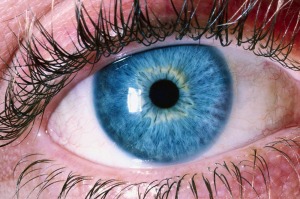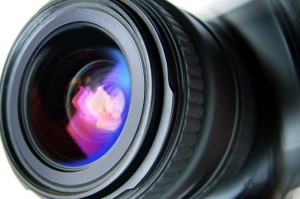Here is a sequence of photos taken on a single winter evening at the foothills of the Sandia Mountains east of Albuquerque, New Mexico, showing the fleeting light of a sunset after a dusting of snow. Often, the primary difference between a good photograph and a great one is the presence of unique light. To increase the possibilities of getting great light, photographers often go out before sunrise and at sunset. The soft, horizontal light in the evening is often called the golden hour. This light allows the photographer to capture a scene that is more evenly illuminated without the harsh contrast of bright sun and dark shadows that are present during most of the day. FYI, the sunset glow photo was captured with a 300mm lens.
For more photos….







